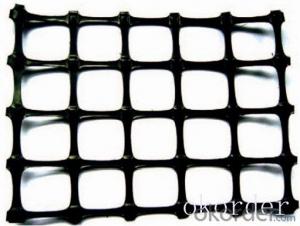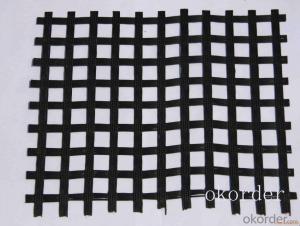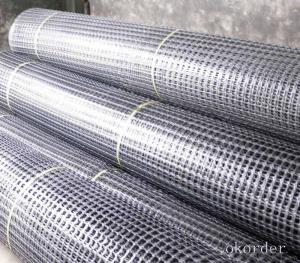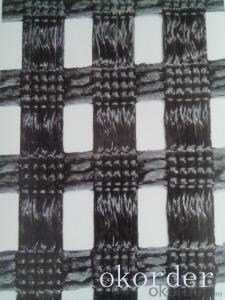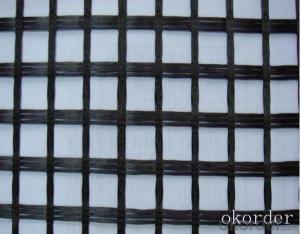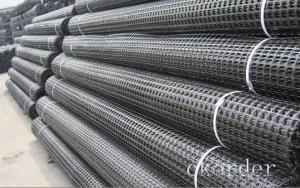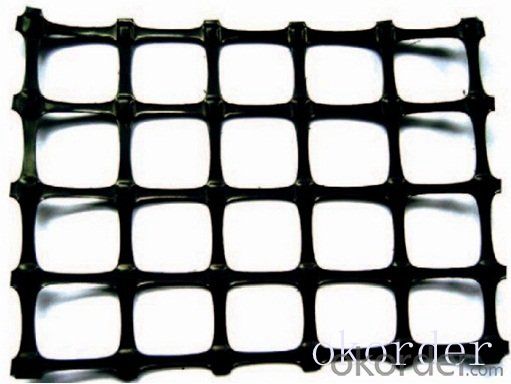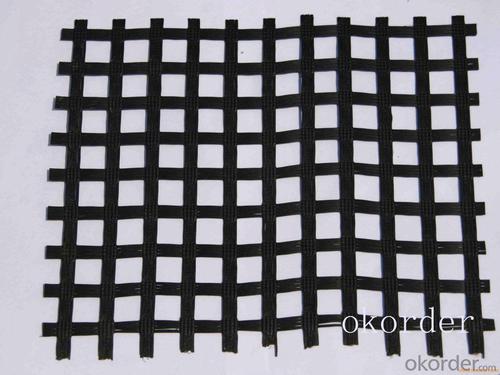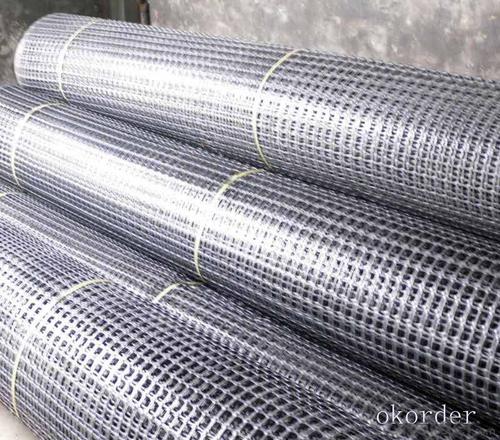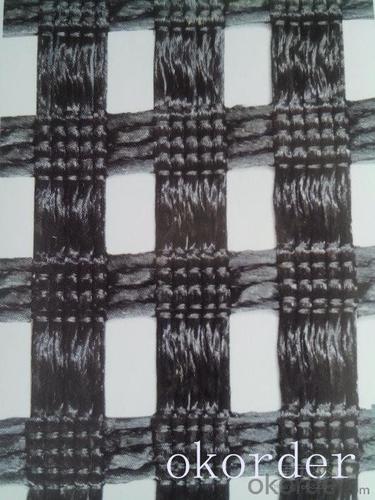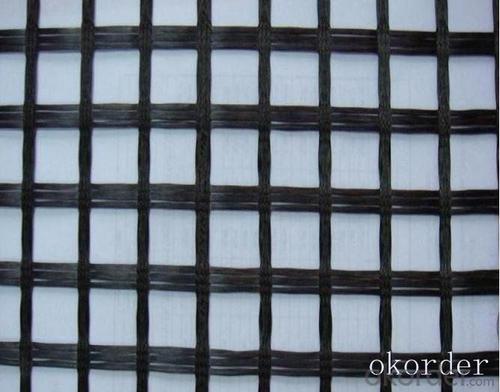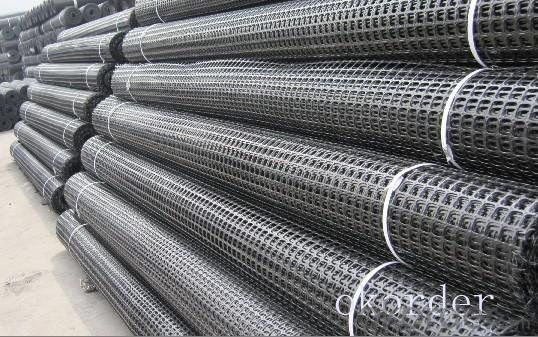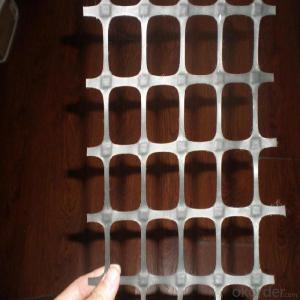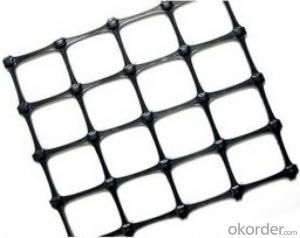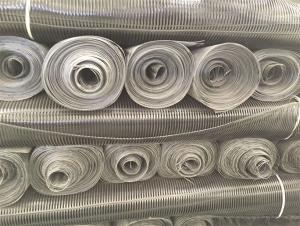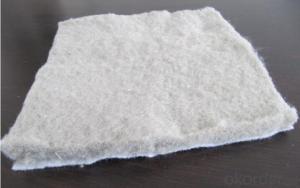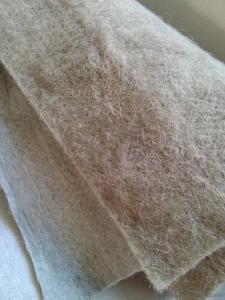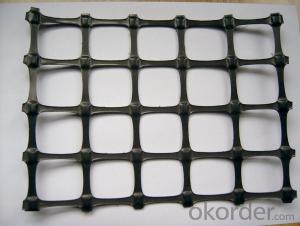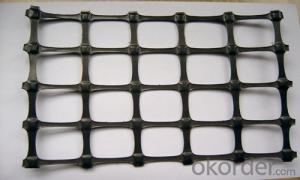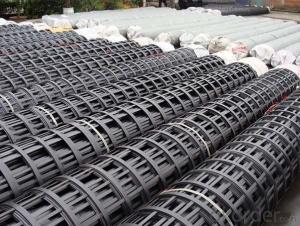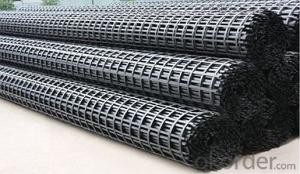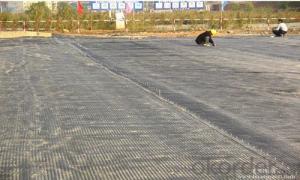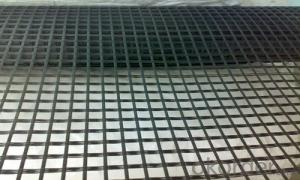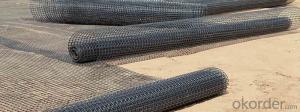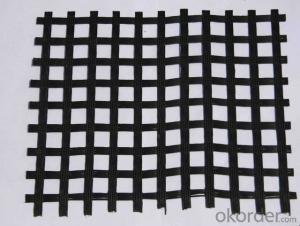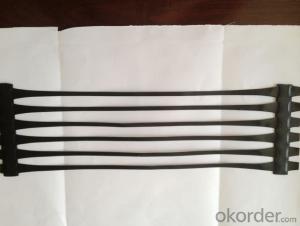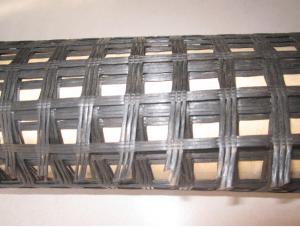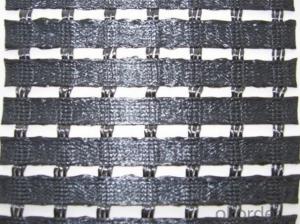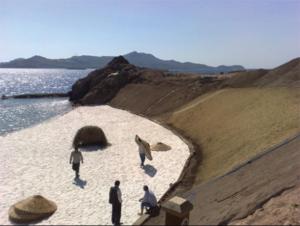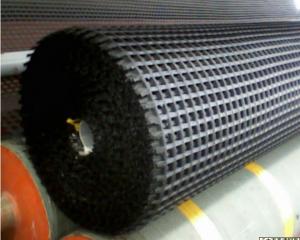Geocells Ofisis Nomeri Biaxial Polypropylene Geogrid with Good Toughness for Civil Engineering Construction
- Loading Port:
- China main port
- Payment Terms:
- TT OR LC
- Min Order Qty:
- 1000 m²
- Supply Capability:
- 1000000 m²/month
OKorder Service Pledge
OKorder Financial Service
You Might Also Like
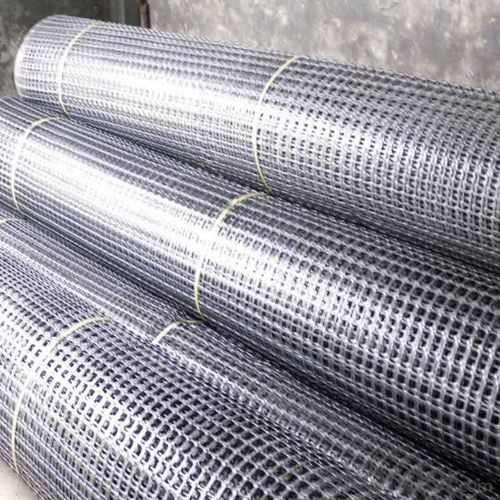
Product Introduction
geogrids are used primarily for reinforcement, some products are designed for asphalt overlay and waterproofing or for separation and stabilization. Geogrids also are used as gabions and sheet anchors, inserted between geotextiles and geomembranes, or used to construct mattresses for fills or embankments over soft soils.
Woven Geogrids are flat structures in the shape of a net made of high module synthetic fibres20X20,30X30,40X40,50X50,60X60,70X70,80X80,90X90,
100X100KN
PP geogrid
20X20,30X30,40X40,50X50,60X60,70X70,80X80,90X90,
100X100,110x110KN
Our Service
Quality assurance
1.On a regular basis or as per your request,we entrust national testing agencies to conduct quality inspections
2. Strictly in accordance with the ISO9001-2008 international quality system standard,we monitor and manage the whole process throughout production,quality testing,and measurement to ensure product quality
3. For quality-related construction delay or substandard construction(except for damage or losses due to customer’s responsibility or irresistible natural disasters),we have refunding,replacement,and repair services.We will respond to customers’ feedbacks on quality issues within 24 hours.
Packaging & Shipping
Packing: PLASTIC FILM INSIDE, AND WOVEN BAG OUTSIDE
Shipping: About 15 days after receipt the deposit
FAQ:
Q: What kind of payments does jenor support?
A: T/T, L/C, Cash are accepted.
Q: Do you charge for the samples?
A: Accordeing to our company policy, the samples are free, we only charge the freight fee. And we will return the freight fee during the next order.
Q: Can you produce according to customers' design?
A: Sure, we are professional manufacturer, OEM and ODM are both welcome.
Q: Do you have other products?
A: Yes, please check the pictures:
- Q: What are the factors that influence the design and selection of geogrids for reinforcement?
- The factors that influence the design and selection of geogrids for reinforcement include the type and properties of the soil, the load and traffic conditions, the desired level of reinforcement, the project lifespan, the installation and construction method, and the environmental conditions.
- Q: What is a civil grille
- The plastic geogrid is a kind of polymer material with square or rectangular shape which is formed by stretching, and it can be used as two kinds of uniaxial tension and biaxial tension. The utility model is punched on the extruded polymer plate (raw material is polypropylene or high-density polyethylene), and then directionally stretched under the heating condition. The unidirectional stretching grid is only drawn along the length direction of the plate, and the bidirectional stretching grid is made by stretching the unidirectional stretching grid in the direction perpendicular to the length.
- Q: Can geogrids be used in retaining wall drainage systems?
- Yes, geogrids can be used in retaining wall drainage systems. Geogrids are commonly used to provide additional stability and reinforcement to retaining walls. They help to distribute the load and prevent soil erosion behind the wall. Additionally, geogrids can enhance the drainage system by allowing water to flow through them, preventing the buildup of hydrostatic pressure behind the wall. This helps to maintain the structural integrity of the retaining wall and prevent any potential damage.
- Q: How do geogrids improve the performance of geosynthetic-reinforced retaining walls?
- Geogrids improve the performance of geosynthetic-reinforced retaining walls by providing additional stability and strength. They work by distributing the lateral forces exerted on the wall more evenly, reducing the chances of wall failure or deformation. Geogrids also enhance the overall load-bearing capacity of the wall, allowing for the construction of taller and more efficient retaining structures.
- Q: How do geogrids enhance the load-bearing capacity of pavements?
- Geogrids enhance the load-bearing capacity of pavements by providing reinforcement and stabilization to the soil layers underneath. They distribute and transfer the load from the surface to a wider area, reducing the stress on the pavement and preventing the formation of cracks and deformations. Additionally, geogrids improve the overall structural integrity of the pavement by increasing its resistance to lateral movement and improving its durability.
- Q: Geogrid prices, the price of geogrid, geogrid latest offer
- Biaxially stretched plastic grid, uni directional plastic geogrid.
- Q: Why steel plastic geogrid in the test, will choose to peel out a single wire test? What are the causes and sources of this method
- Because the main force borne by the steel wire, if it is false, the consequences can be disastrous ah!
- Q: What are some common standards and specifications for geogrids?
- Some common standards and specifications for geogrids include the ASTM D6637 standard for uniaxial geogrids, the ASTM D6917 standard for biaxial geogrids, and the ISO 10318 standard for geosynthetics. These standards outline requirements for geogrid properties such as tensile strength, elongation, aperture size, and durability, ensuring quality and consistency in geogrid products.
- Q: Can geogrids be used for reinforcement in landfill liners?
- Yes, geogrids can be used for reinforcement in landfill liners. They are commonly used to enhance the stability and strength of the liner system, providing additional support and preventing deformation. Geogrids help increase the load-bearing capacity of the liner, improving its overall performance and longevity in landfill applications.
- Q: Geogrid construction must be folded back 2m wrapped in compacted packing
- Paved geogrid, laying artificial upper filler, finish rolling in a timely manner, to avoid long-term exposure, and then the mechanical transport, leveling, compaction machinery, paving and rolling forward from both sides to the middle, rolling from both sides to the middle, the degree of compaction keep meet the specification
Send your message to us
Geocells Ofisis Nomeri Biaxial Polypropylene Geogrid with Good Toughness for Civil Engineering Construction
- Loading Port:
- China main port
- Payment Terms:
- TT OR LC
- Min Order Qty:
- 1000 m²
- Supply Capability:
- 1000000 m²/month
OKorder Service Pledge
OKorder Financial Service
Similar products
Hot products
Hot Searches
Related keywords
